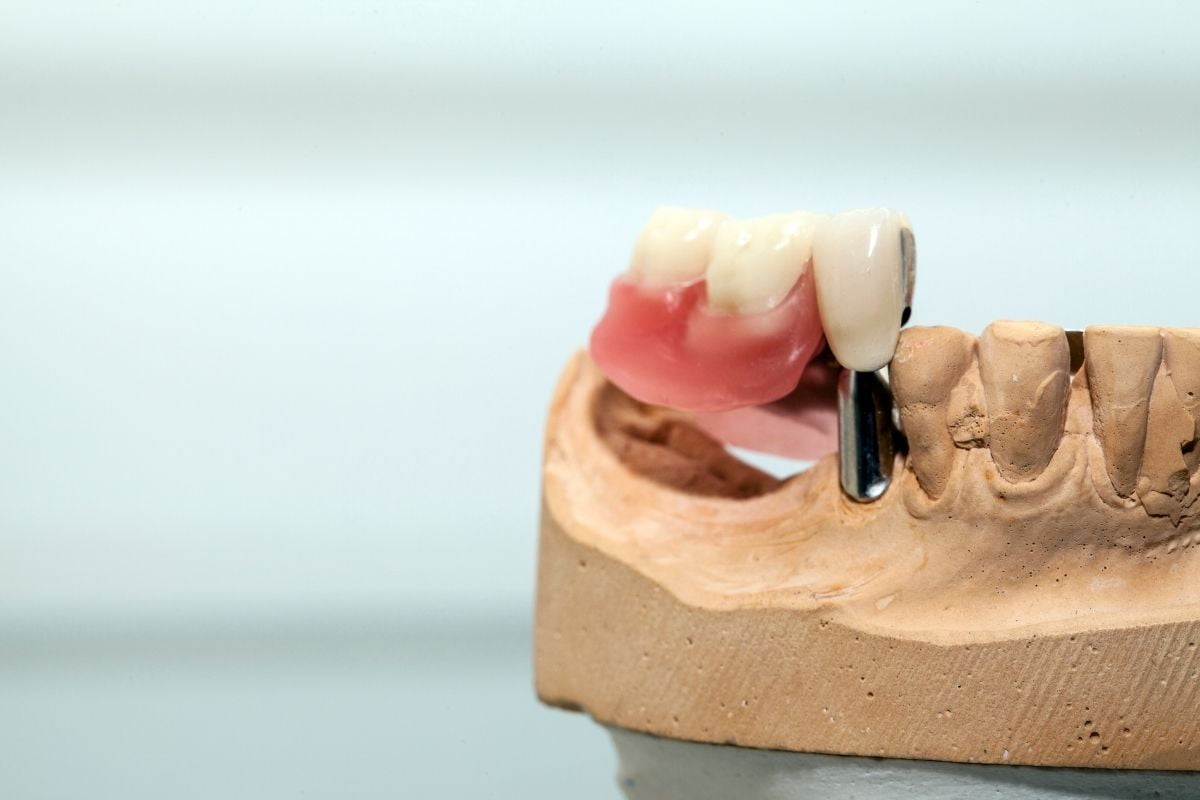Basal implant in Turkey, For lost teeth or gaps in the mouth, dental implants supporting offer the greatest option. To prevent the jaw’s bone from turning soul and to restore chewing, and oral balance, implant surgery is very important . Biocompatible metal implants, such as titanium, have a long durability due to uptades in materials and procedures.
There are lots of varieties available. Based on various parameters like implant site, bone health, and dental history, the implantologist will select the best option. Most implants inserted into the alveolar ridge are between 10 and 15 mm length. 30 to 50 mm long basal implants are positioned further into the cortical bone. Patients who are toothless or whose bone density is insufficient to support conventional implants can benefit from basal implants. Those who are unable or unwilling to wear removable dentures may also utilize them. Only people who are unable to receive grafts may use basal implants; alternative methods, such as bone grafting, may be a better choice. Patients need to understand.
The classic implant as a known choice
The first dental implants were made in the 80s. Since then, they have been a part of 50 years’ worth of technological and medical uptades. This has led to improvements in patient comfort and oral hygiene. , a Swedish researcher who discovered in the 1950s that titanium could organise with living bones without being unaccepted, became a key contributor to this progress. The root of the missing tooth is replaced by a titanium implant that is connate to the jawbone. This fastening point is used to support a fixed or removable prosthesis, such as a bridge, crown, or denture. In most cases, the implant procedure requires only local anaesthesia. The implant is precisely positioned to line up the artificial tooth with its neighbours.
Because implants are a permanent part of the jawbone, they distribute pressure uniformly on the neighboring teeth and gums while offering stability and chewing forces that are equivalent to or greater than those of natural teeth. Compared to other solutions, implants offer greater comfort and dependability. In addition to preventing erosion, implants preserve bone volume at the location of the lost tooth. An all-on-4 or all-on-6 prosthesis, which replaces an entire set of teeth, can be supported by dental implants. Between the first implant insertion and the final prosthetic tooth fitting, there is a two- to three-month healing time. This makes it possible for the implants to merge and become part of the jawbone. Until the implants have taken hold, the patient will be given temporary artificial teeth so they can eat normally.
High-quality dental implants can provide exceptional durability and endurance if you choose them and have them inserted by a skilled surgeon. The longevity of a dental implant can be extended by practicing proper oral hygiene, consuming a balanced diet, abstaining from tobacco use, and sugar-filled beverages. A few decades later, deterioration and discolouration can require a crown replacement. There will be no impact on the anchoring implant. The implants offer good looking teeth and solid point of attachment since they are incorporated into the jawbone and have an anatomy same to that of real tooth roots. It is possible to absorb pressure and chewing forces at least as high as with natural teeth.
Because it is inserted into the hardest outer layer of the jawbone, the cortical bone, also known as the basal bone, it is called a “basal implant.” For retention, the basal implant is screwed straight into this mineralized area, in contrast to a traditional implant that blends in with the porous bone. The basal form of the implant obtains initial stability by threads fixed in cortical bone, whereas a normal implant needs time to osseointegrate with the spongy bone. This is because the basal version is designed to load immediately.
Consequently, one session is required for the placement of the basal implant and restoration with a temporary prosthesis. During the healing process, this temporary prosthesis helps in chewing across the jaw. In order to guarantee that the basal implant has completely integrated without causing bone loss or inflammation of the soft tissues, the permanent prosthesis is only fitted three to six months after surgery. Patients with significant maxillary atrophy—less than 5 mm of accessible bone for full or partial implant-based tooth replacement—are the focus of basal implantology. In situations where a graft fails, the basal implant might be used as an alternative to significant bone augmentation. Placement calls for training in maxillofacial surgery.
Benefits of basal implants
Using basal implants for immediate insertion is a practical, quick, and secure procedure. Patients experience fewer pain, problems, care, and expenses following surgery. Its success rate exceeds 98%. Stable and long-lasting bone bond The non-resorbable, premium cortical basal bone serves as the anchor for the basic implants. As a result, the implant and bone establish a strong biomechanical bond. Appropriate and safe distribution of chewing forces during food chewing.
In addition to reducing the chance of atrophy, the distribution of chewing forces throughout the jaw facilitates optimal synchronization between the chewing muscles. These implants survive extremely well, even in extremely unfavorable settings, since strategic placement distributes chewing forces away from bone sections surrounding the implant, which are prone to bacterial invasion. They are appropriate for all senior citizens, without exception. Regardless of the extent of bone loss, basal implants can be inserted even in the worst bone conditions: In the lower jaw, they are positioned biocortically (in the vestibule-lingual direction) to avoid the mandibular nerve in cases of severe bone insufficiency. The lengthy basal implants in the upper jaw avoid the sinuses by keeping The biomechanical pressures of chewing forces are distributed via anchored basal implants in the most loading-intensive and highly resistant-to-resorption locations surrounding the compact bone.
Basal implant risks
Because basal implants are inserted deeper into the bone than standard implants, they are supposedly safer. The implantologists SoracaMed Clinic are among the several global experts and specialists who advise against using them unless absolutely necessary in cases of significant facial reconstruction or atrophied jaws. The prosthetic component is inserted into an open wound during a more intrusive surgery, and osseointegration may be compromised if there isn’t a healing time before loading. Above all, a few years following implant fitting, numerous instances of infection, persistent sinusitis, nerve injury, gingival recession, or implant rejection have been noted. Very seldom do any of these issues arise with traditional implants. Given how much more difficult it is to remove a basal implant, they are much less advised.




